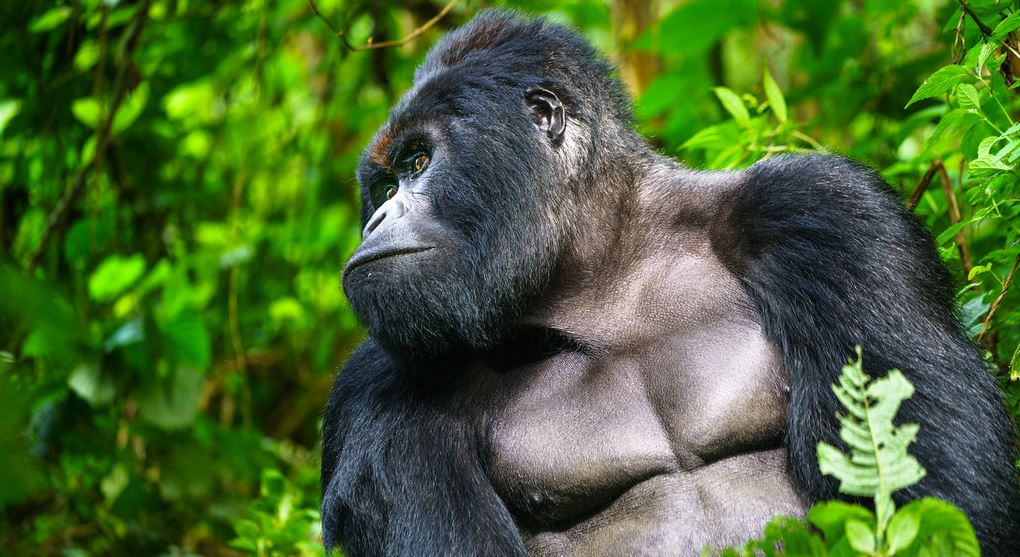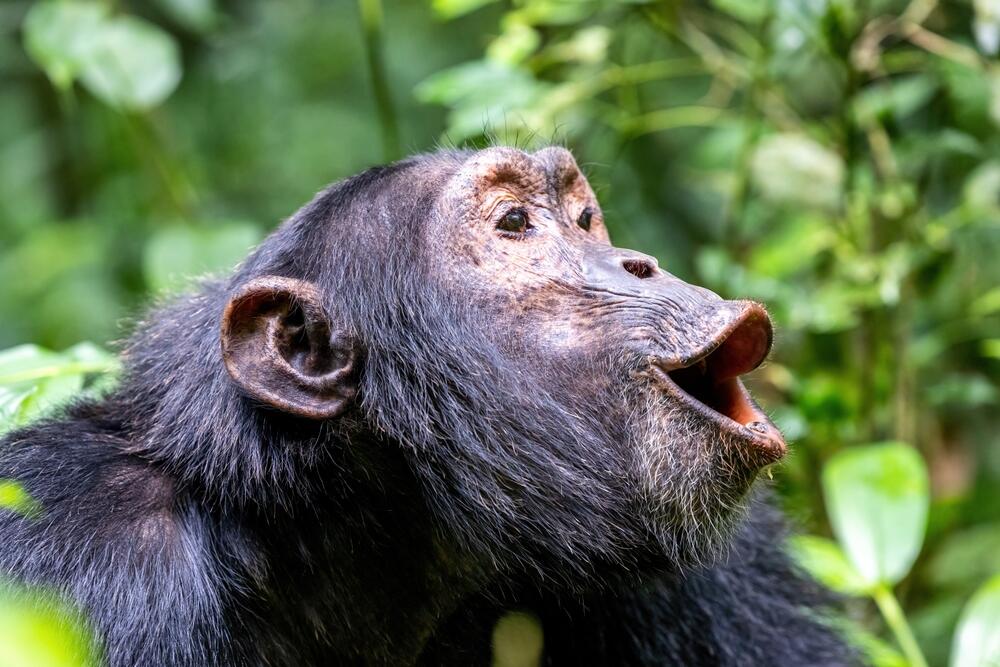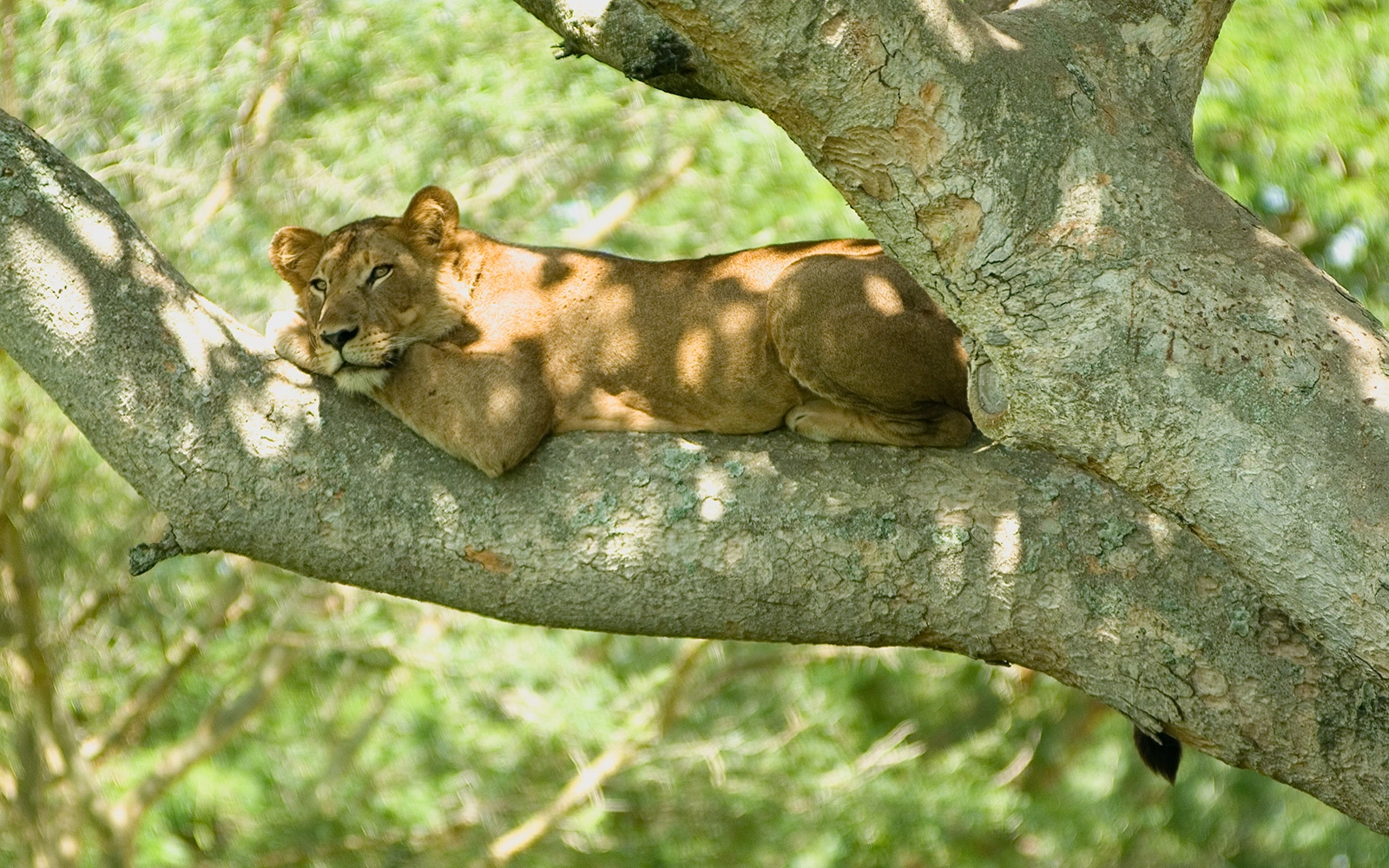Table of Contents
ToggleOn 17th January 2024, the Uganda Wildlife Authority (UWA) announced the introduction of 5 newly habituated gorilla families in Bwindi for gorilla trekking tours. The introduction of the newly habituated gorilla families means that UWA now releases 200 daily gorilla permits for trekking 25 habituated gorilla families in Uganda which increased from 20 families.
Tulambule invites you to discover more about these extraordinary gorilla families in Uganda that thrive in dense forest jungles of Bwindi Impenetrable National Park and Mgahinga National Park. Uganda is a proud home of 50% of the world’s mountain gorilla population. The rest of the gorillas live in Rwanda which has 12 gorilla families and Congo with 8 habituated families.
Gorillas in Uganda’s Bwindi Forest live in over 50 families of 5 to 30 members and now 24 of the gorilla families here have been fully habituated (trained gently over 2-3 years to become used to the presence of humans) – while the remaining 26 families are completely wild and cannot be approached. In Mgahinga Gorilla Park, there is only 1 habituated gorilla family.
Gorilla Families in Bwindi in 2024
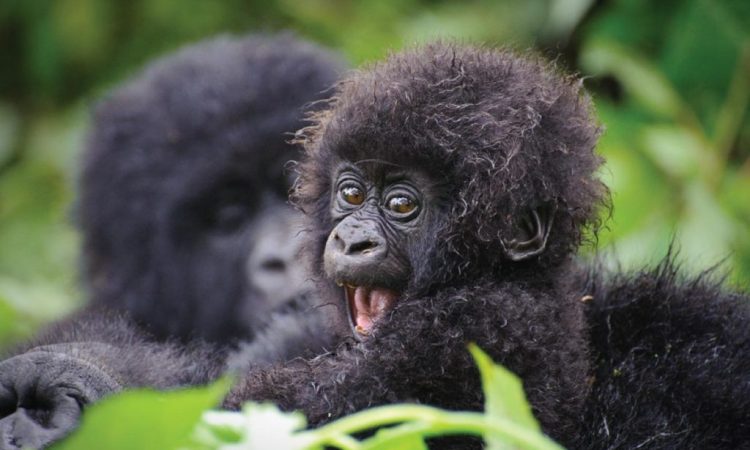
The habituated families of wild mountain gorillas in Bwindi Impenetrable Forest National Park can be trekked in 4 different sectors, including Buhoma, Ruhija, Rushaga and Nkuringo. The five new habituated gorilla families in Bwindi include:
- Binyindo Gorilla Family and Muyambi Gorilla Family in Buhoma
- Rwigi Gorilla Family and Tindatine Gorilla Family in Rushaga
- Posho Gorilla Family in Nkuringo
Below are overviews of each gorilla family in Bwindi National Park’s four sectors. Please note that the numbers and compositions stated in these overviews are just a snapshot, but in any case, offer insight into the variation and diversity in and of the families.
Gorilla Families in Buhoma Sector
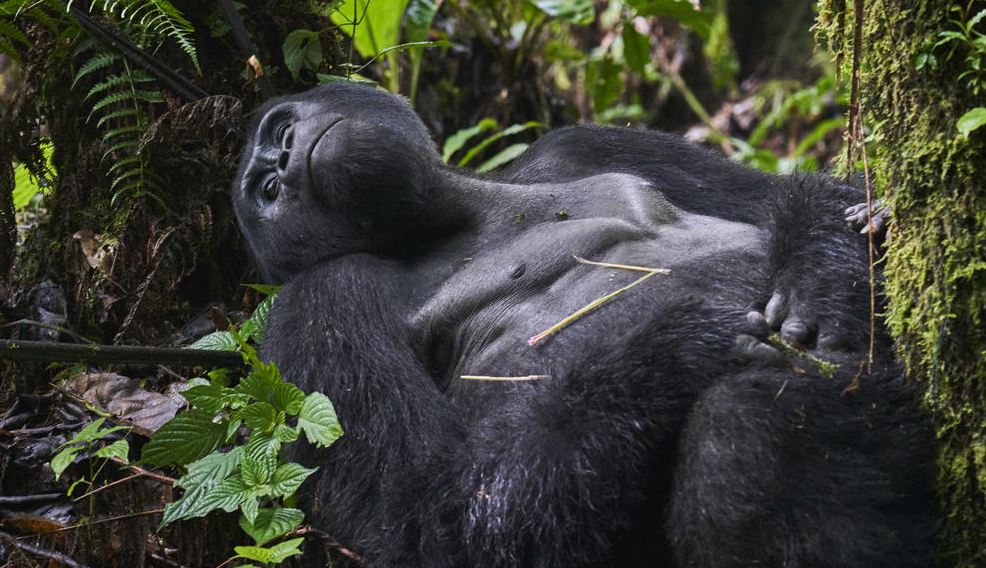
Buhoma is the most visited area of Bwindi. It is the largest of the four sectors and has the highest density of luxury accommodation options.
As the first section of the park to open to visitors, this is where gorilla trekking first started in Bwindi, when the Mubare gorilla family was habituated in 1992. Besides Mubare, five other habituated gorilla families also call Buhoma home.
1. Mubare Gorilla Family – 9 Members
Mubare is the oldest of all habituated gorilla families in the Bwindi. The family is led by a dominant Silverback Maraya. Silverback “Ruhondeza” is the historic family leader who succumbed to old age in June 2012 and left the leadership of the family in the hands of his eldest son; Silverback “Kanyonyi”. In November 2017, the lone Silverback “Maraya” fought and killed “Kanyonyi” before taking over the family leadership.
When Kanyonyi died, most of the family members emigrated and a few babies were killed by the enraged Maraya. Infanticide is a common practice among gorillas, especially when unrelated leaders take over group governance. Mubare consists of 9 individuals, including:
- 1 silverback
- 4 adult females
- 4 infants
2. Habinyanja Gorilla Family – 12 Members
Habinyanja gorilla family is headed by silverback Makara. This gorilla group is mostly found in the Nyamishamba area of Buhoma sector.
The family is known for its adventurous character. It often explores new locations far from their familiar grounds. Researchers began the habituation process for this group in 1996. Currently, the Habinyanja gorilla family consists of;
- 2 silverbacks
- 2 blackbacks
- 3 adult females
- 3 young adult females
- 2 juveniles
3. Rushegura Gorilla Family – 19 Members
Rushegura gorilla family was named by the primate biologists named after Ebishegura, a species of trees common in the area where this family was first habituated in February 2002. This gorilla family is sometimes seen foraging for food near Buhoma, its headquarters of the Bwindi Impenetrable National Park.
They are also known to explore the area around the lodges and community gardens close to their home grounds. This gorilla family has:
- 2 silverbacks
- 6 adult females
- 3 blackbacks
- 4 juveniles (1 female and 3 males)
- 4 infants
4. Katwe Gorilla Family – 9 Members
Katwe gorilla family gets its name from the hills where researchers originally started the habituation process of this family group. Many of the members in this family group were originally part of the Mubare Gorilla Family, Bwindi’s oldest habituated family in the Buhoma sector. The Katwe Gorilla Family is headed by the silverback Mahaane.
It currently has 9 members, including;
- 2 silverbacks
- 2 blackbacks
- 3 adult females
- 2 young adult females
5. Binyiindo Gorilla Family – 7 Members
Researchers monitored and studied Binyiindo Gorilla Family for three years before finally opening it up to gorilla trekking tourism. In 2019, the group was added to the list of gorilla families in the Buhoma sector. The Binyiindo consists of 7 members, including;
- 1 dominant silverback
6. Muyambi Gorilla Family – 7 members
This is the newest of the gorilla families in Buhoma Sector of Bwindi (since early 2019). Additionally, it consists of 7 members with the leader being Muyambi, the silverback.
Muyambi was an adult family member of Mubare Gorilla family and it split away from the family to form another family called Muyambi family now. The gorillas are amazing to watch as they live their daily life of eating, communicating, resting and movement on ground and in the trees. Muyambi gorilla family is an addition in the park since April 2020.
Ruhija Sector Gorilla Families
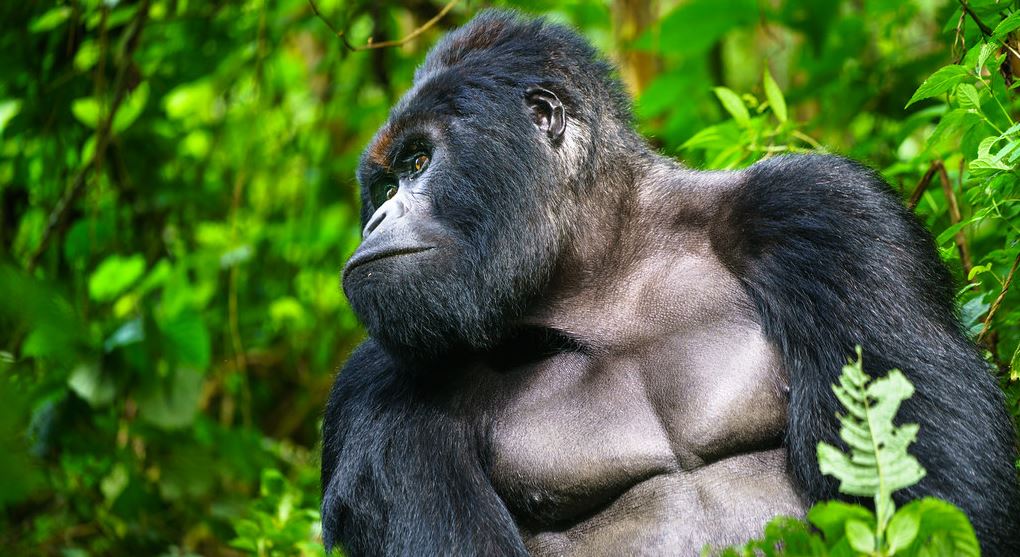
Ruhija is the next most visited sector after Buhoma, and home to the Kyaguriro, Oruzogo, Bitukura and Bitukura gorilla families. Aside from gorilla trekking, it is a great place for nature walks. And there is also an opportunity for cultural tours into the surrounding areas to meet some of the Batwa pygmy people – the original inhabitants of Bwindi forest.
1. Bitukura Gorilla Family – 13 Members
Ruhija’s Bitukura gorilla family is unique in that the adult males are extremely tolerant of each other. The history of this family is extremely patient, as there are several adult males.
The group is led by the dominant silverback Mugisha who took over leadership after Ndahura died on December 18, 2016 after falling from a tree (at the age of 28, he was the oldest gorilla in the park at the time). Currently, this group consists of:
- 2 silverbacks
- 4 adult females
- 1 young adult
- 2 blackbacks
- 2 juvenile (male)
- 2 infants
2. Oruzogo Gorilla Family – 10 Members
Oruzogo Gorilla Family is led by the dominant Silverback Bakwate. Researchers named this gorilla family Oruzogo after observing that the gorillas favored the Alchornea hitela plant, which the local people call Oruzogo. Since mountain gorillas rarely eat this plant, this makes the gorilla family unique. Oruzogo family whose habituation started in 2008 now consists of;
- 1 silverback
- 4 blackbacks
- 2 adult females
- 2 juveniles (1 male, 1 female)
- 1 baby
3. Kyaguliro Gorilla Family – 4 Members
Kyaguliro Family is led by the dominant Silverback Rukara. This family is being researched by the Manx Planc Institute for Evolutionary Anthropology, which mostly conducts research into the behavioral ecology of the family and carries out daily monitoring visits to the gorilla family.
Kyaguliro’s habituation started in 1995 and in 2015 group leader Rukina died suddenly as a result of an electric shock from lightning. After Rukina’s death, the family was left under the leadership of an inexperienced young Silverback (Mukiza) who was later ambushed by an immigrating Silverback Rukara from the Bitukura Gorilla family.
This led to a split of the family, leaving the original Kyaguliro Family with only 4 members that spends almost all their time in the inner forest. These include:
- 1 silverback
- 2 blackbacks
- 1 baby
4. Mukiza Gorilla Family – 15 Members
Mukiza gorilla family is led by the dominant silverback Mukiza and became a separate group in May 2016 after the larger Kyaguliro Gorilla family split. Like the Kyaguliro Gorilla family, this family is also the focus of the Max Planck Institute (MPI) for Evolutionary Anthropology, which makes daily visits for research and studies of their behavior. Following the birth of two new babies in 2021, the family is currently consists of 15 individuals including;
- 1 Silverback
- 7 Adult females
- 1 Sub-adult
- 1 Juvenile
- 5 Infants
Gorilla Families in Rushaga Sector
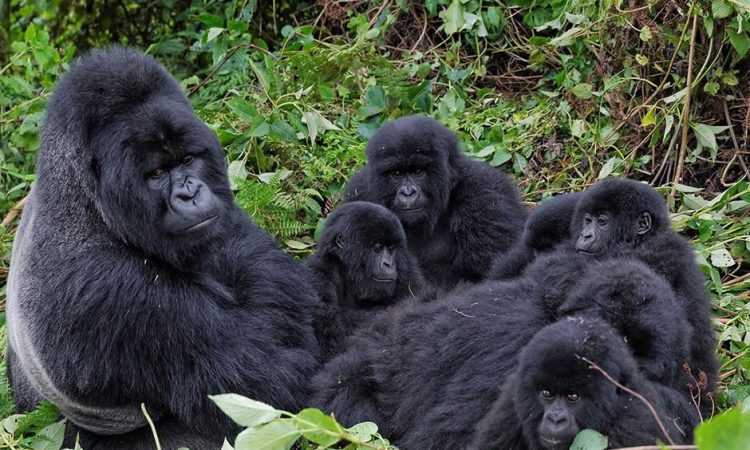
The Rushaga Sector of Bwindi is famed for its gorilla trekking, with multiple habituated gorilla families in the region. The major drawcard of this region is that a gorilla habituation experience is offered for one of these gorilla families, which allows tourists to spend up to 4 hours with the group, rather than the standard 1 hour.
1. Shongi Gorilla Family – 11 Members
The primatologists at Bwindi began their study and habituation of Shongi Gorilla Family in 2006. Since then, they have documented the evolution of the family. Originally the family size was as large as 34 members, with the silverback Mishaya as leader. The family had many males and eventually, in 2010 and 2012, their rivalry led to the formation of 2 other separate families: the Mishaya and Bweza families. Today Shongi group consists of:
- 1 Silverback
- 1 Blackback
- 5 Adult females
- 2 Juveniles
- 2 Infants
2. Kahungye Gorilla Family – 25 Members
The Kahungye family is led by the dominant silverback Ruziika. When habituation of this gorilla family was first started in 2008, it comprised of 29 individuals, including 3 silverbacks.
In March 2012, the Silverback Busingye led a fission that split the family into two. Kahungye Family has continued growing and births have been registered. Currently, Kahungye family is consists of:
- 5 Silverbacks
- 2 Blackbacks
- 7 Adult females
- 3 Sub-adults
- 2 Juveniles
- 6 Infants
3. Bweza Gorilla Family – 15 Members
Bweza Family is led by the dominant silverback Kakono. This family usually prefers to stay at places closer to human communities. It was initially established as part of the Shongi family, until early 2013 when they detached and split from Shongi to form a new group led by Silverback Kakono. Bweza Family likes to forage closer to local farmlands than in inner forest areas, you might encounter them around your accommodation. It currently consists of:
- 3 Silverbacks
- 5 Adult females
- 1 Sub-adult
- 2 Juveniles
- 4 Infants
4. Busingye Gorilla Family – 10 Members
Busingye family is led by is led by the founder Silverback Busingye. This family was initially habituated as part of the Kahungye Family in 2008. In March 2012 the Silverback Busingye led a splinter from Kahungye Family hereafter forming the Busingye Family. Silverback Busingye appears to prefer the hidden areas of the deeper Bwindi forests and keeps his family away from the national park boundaries. Currently the family consists of:
- 1 silverback
- 3 adult females
- 1 blackback
- 2 juveniles
- 3 babies
5. Bikingi Gorilla Family – 12 Members
Bikingi Family is currently headed by Bikingi, a lone Silverback who killed the leading Silverback Bikingi and became the leader. He has also been called Bikingi, to maintain the family’s identity. After the death of the dominant Silverback Bikingi, all family members dispersed and some joined other families.
For example, about 7 gorillas joined the Kahungye. After a search by UWA rangers, the Bikingi Family was eventually found with 9 members. Since then, the group has recorded births, bringing the number of individuals to 12, including:
- 2 silverbacks
- 5 adult females
- 1 juvenile
- 4 infants
6. Mishaya Gorilla Family – 9 Members
Mishaya Family was formed after the split of the Shongi group in July 2010.
The silverback, Mishaya, remained leader of the group until February 2014, when he died from a blockage in his intestinal tract. Without a strong leader, the remaining members dispersed and joined other gorilla families in the Rushaga. Some gorillas joined the Bikingi and Bweza families, but the remaining ones could not be traced for a time.
In May 2018, trackers found out that were part of the family led by Tinfayo. Silverback Tinfayo was also a member of the Shongi Family until 2012, when it broke away along with a female named Shida and her baby, Rotary. Currently, Tinfayo is the leader of the Mishaya Family, which also includes:
- 1 blackback
- 5 adult females
- 1 young female
- 1 baby
7. Kutu Gorilla Family – 20 Members
Kutu gorilla family is among the last habituated gorilla families. Researchers made this family available to tourists to understand how the habituation process is carried out. After several years of observation and study, the family is now ready to receive visitors. It consists of:
- 1 dominant silverback
- 1 blackback
- 8 adult females
- 1 young adult
- 2 juveniles
- 7 infants
8. Mucunguzi Gorilla Family – 8 Members
Primatologists have named this gorilla family Mucunguzi, after the dominant silverback that currently leads the family. Mucunguzi was previously a young gorilla in the Bweza Family, but began living a solitary life after being expelled from the family.
Later, Mucunguzi attacked the Bikingi Family and after a fight with the family leader, he took some females with him to start his own family. Currently, this family includes a total of 8 members, most of which are females.
9. Rwigi Gorilla Family
Rwigi gorilla family is a breakaway from the Kahungye gorilla family. Rwigi Family has its silverback leader as Rwigi. He had disputes with other Silverbacks of the Kahungye Gorilla family, so he left to start his own family.
Nkuringo Sector Gorilla Families
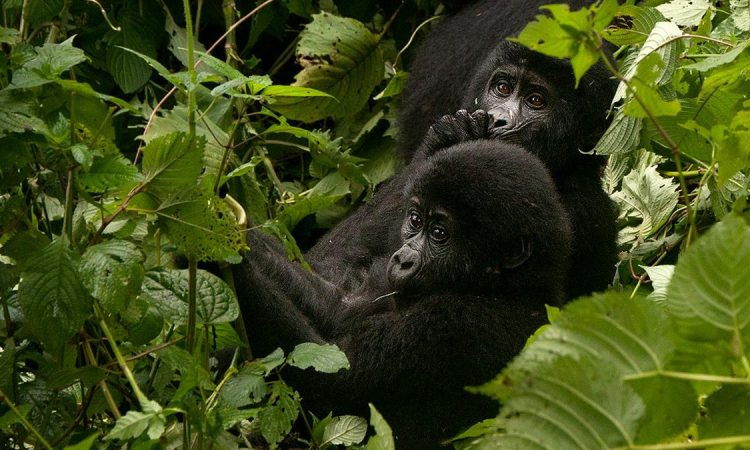
Nkuringo Sector is Bushaho, Posho, Christmas, Nkuringo, and Nkuringo gorilla families. This sector is the most scenic area to visit in Bwindi Impenetrable National Park, with break-taking views of the Virunga volcanoes. But, this does come at a physical cost; this gorilla sector is better suited to more physically active visitors.
1. Nkuringo Gorilla Family – 12 Members
Nkuringo was the first gorilla family to habituate the entire southern sector of Bwindi in 1997. The family was confronted with a very sad incident in which the then dominant Silverback Rafiki was murdered by poachers.
Since then, Blackback Rwamutwe has assumed leadership. It is also the first gorilla family to record the birth of twins in the Bwindi in December 2004. The family is known to spend up to 98% of their time foraging outside the park in the buffer zone. It is currently consists of 12 members, including
- 4 Blackbacks
- 4 adult females
- 4 babies
2. Bushaho Gorilla Family – 10 Members
Bushaho is currently headed led Silverback Bahati. This family was formed after a number of individual gorillas dispersed from Nkuringo Family.
A search for their whereabouts was launched in early 2012. It was found out that one of the former Silverbacks of Nkuringo Family, Bahati who had disappeared earlier was leading a parallel family. The group was later named ‘Bushaho’ after the name of the location where the family forages most. It is currently composed of:
- 1 Silverback
- 1 Blackback
- 3 Adult females
- 2 Sub-adult females
- 3 babies
3. Christmas Gorilla Family – 9 Members
While there are a total of 9 members in this group, researchers can only observe 6 of them regularly. You will probably see 1 blackback, 3 females and 1 baby, in addition to the dominant silverback Christmas.
4. Posho Gorilla Family
Posho gorilla family is a newly habituated gorillas gorilla family in the Nkuringo Sector. It is led by the dominant Silverback Magara and consists of 14 members.
Mgahinga Gorilla Family
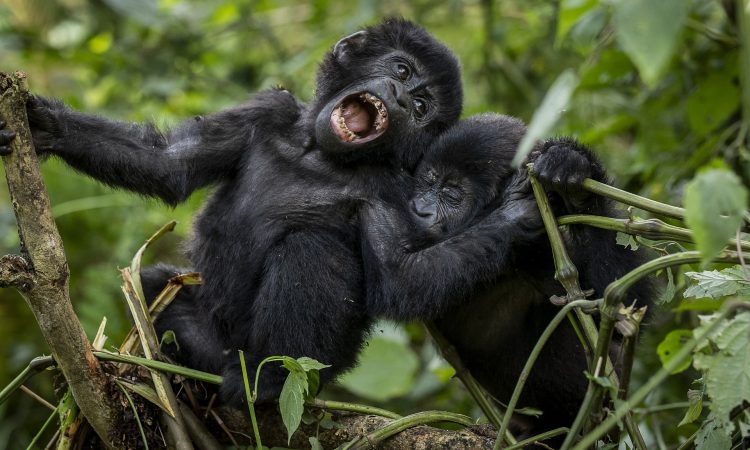
Mgahinga Gorilla National Park has one gorilla family called Nyakagezi Gorilla Family. The family is led by the dominant Silverback Mark, assisted by the Silverback Ndugutse. The habituation of the Nyakagezi started in 1991.
The gorilla family is free to roam at will throughout the 3 countries (Uganda, Rwanda and Congo) of the Virunga Volcanoes. Nyakagezi is also known for its tolerance of multiple males. It consists of 9 individuals, including:
- 4 Silverbacks
- 2 Adult females
- 1 Juvenile male
- 2 Infant females

